20 Things You Don’t Know About Food Festivals

When my husband and I first met, we had one very important thing in common—we both loved food. And not just eating gluttonous amounts of it (though we loved that too). No, we loved the history, the varying recipes and ways to prepare certain items, the chefs and their carefully curated menus, and the passion behind favorites like bacon, Nutella and even Spam. (For the record, I’ll never touch it with a 10-foot pole, but will forever be fascinated by those who do.) And so, our birthday and anniversary celebrations turned into celebrations of food.
Sometimes, we celebrated by trying out a hot new restaurant with reservations that came with bragging rights—but more often than not, it was via tickets to a food festival. From bacon to burgers and BBQ too, we’ve tasted dishes prepared hundreds of different ways, watching fun traditions be born all in the name of food. So, naturally, I wanted to dig deeper and find out more about these food festivals that pop up year-round throughout the world. While I start planning my next vacation around some of these (mash potato pit, anyone?), here are 20 food festival facts you can catch up on to impress all your foodie friends! And if you’re craving fewer festivals and more white linen tables, then take a peek at The Best Steakhouse in Every State!
First, a little bit of history…
It’s All About Autumn
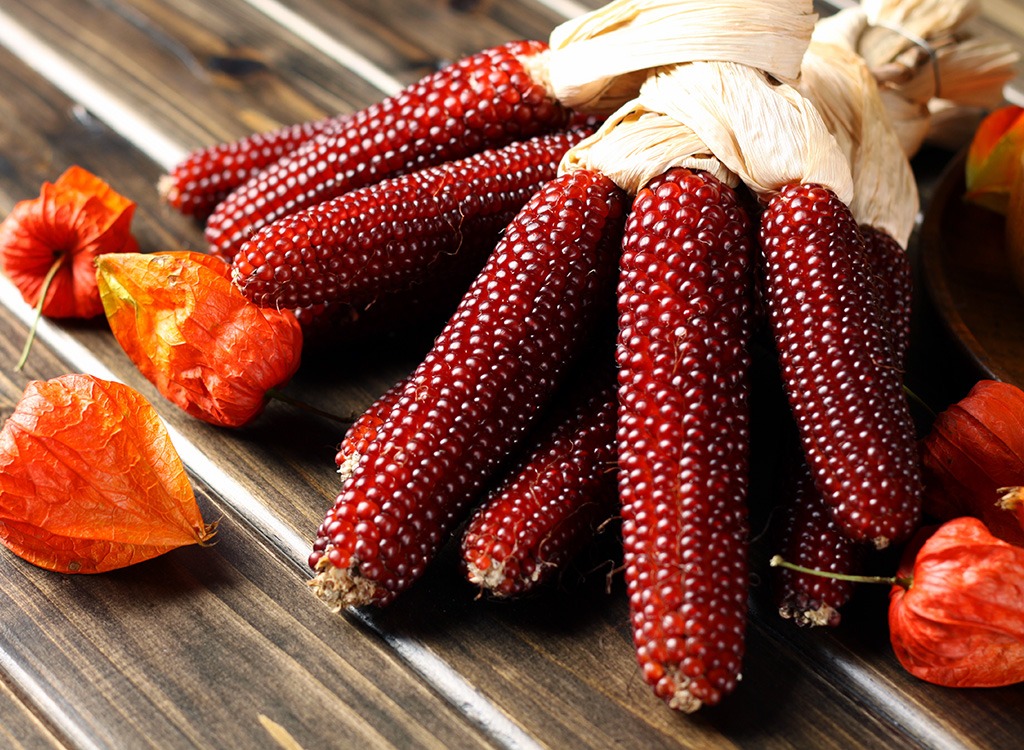
You may think of festivals as a summer thing, but they’re actually rooted in the fall. Throughout the world, food festivals were born to celebrate the autumn harvest—a time when there was a bounty of food and people wanted to give thanks to the earth gods thought to have provided it all. (The ultimate food festival is arguably Thanksgiving, no?)
The Great Depression Played a Part in American Food Fests

It may sound counterintuitive that Americans would celebrate food when they were at their poorest (and therefore hungriest). But that time in American history during the 1930s also coincided with a surge in keeping up with regional culinary practices. With so much instability during this time, Americans really wanted to strengthen family and community bonds by honoring their traditions—and there is nothing that the regions throughout the US are more proud of than the food they are known for creating and serving. So, communal eating festivals were born! Restaurants were barely thriving and the cookbooks of that time only featured bland recipes, so celebrating regional cuisine was a way to enjoy flavorful foods that people were excited to share and pay homage to. Here are 15 Region-by-Region Eating Habits in the U.S. that still exist today.
Early US Food Festivals Looked a Little Different
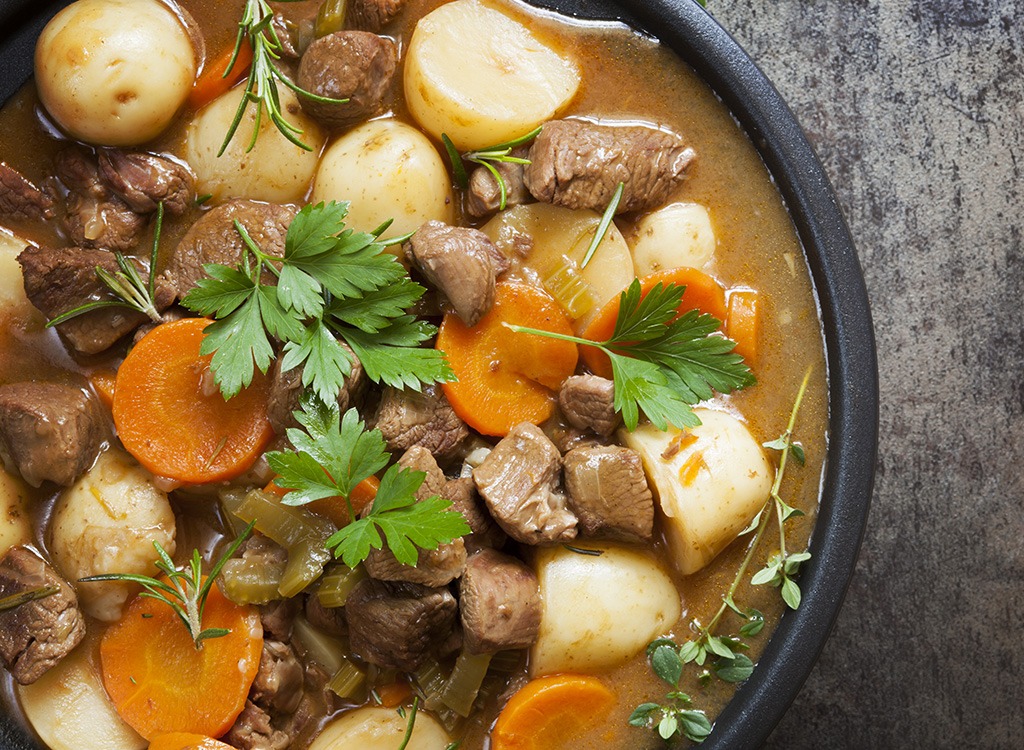
In the 1930s when food festivals were just taking off, Southerners gathered to celebrate smoked and fresh pork, Midwestern rural groups came together on Sundays for chicken dinners, and Southwesterners were all about beef. Kentucky held “burgoo feasts” where a giant pot-au-feu (French beef stew) would be filled with beef, chicken, squirrels, canned corn, cabbages, carrots, and the mysterious “burgoo seasoning.” In Virginia and North Carolina, people ate Brunswick Stew, made only with squirrel meat. If you’d like a soup or stew minus the squirrel, then try these 26 Best High-Protein Soups for Abs.
Now for some specific celebrations…
Roadkill, for Real

We could not make this up if we tried. South Carolina has an interesting way to take care of squirrel, groundhog, deer, and more that are found dead on or near the road: an annual Roadkill Cook-Off. Here’s the deal—all the meat is checked for cleanliness before it can be cooked and entered in the competition. Once it passes the test, the meat is turned into culinary dishes like squirrel ratatouille and bear meatloaf. This isn’t for everyone; only those with strong stomachs who can pretend they don’t know how the food got there should attend!
Potato Mash Pit
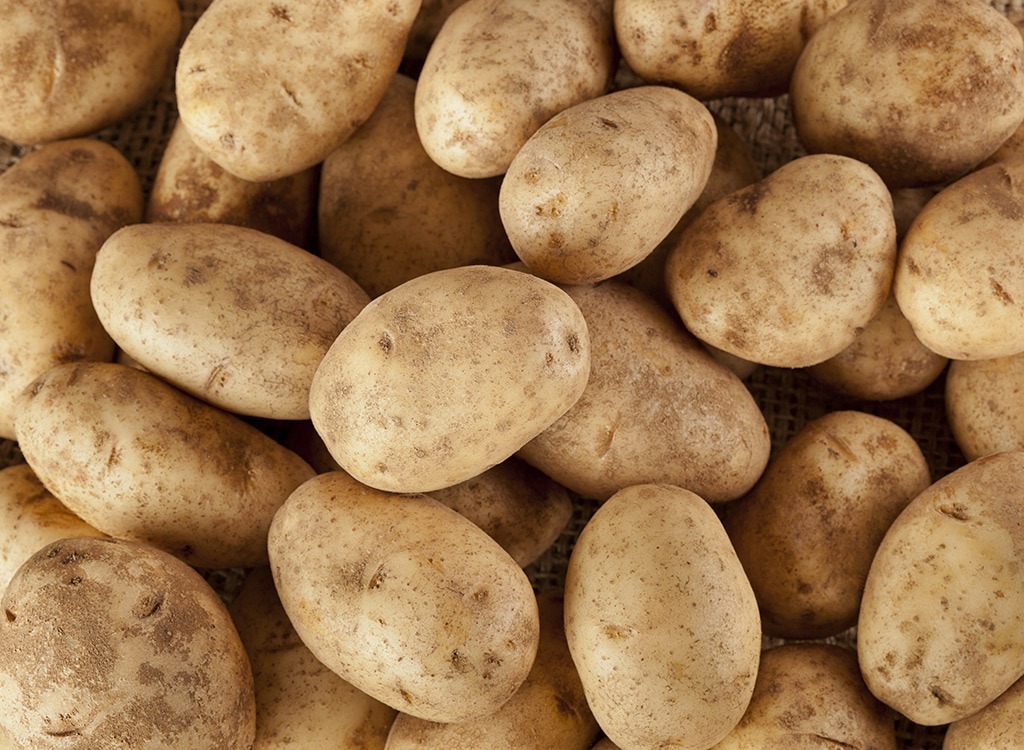
Carb lovers unite in a way you never expected: there’s a potato “mash” pit at Idaho’s Spud Day in Shelley (home of the Russets potato). So, in this dream come true, you can play tug o war over a pit of mashed deliciousness. Basically, this is one time you want to lose so you don’t mind eating dirt. Speaking of carbs, don’t miss The Official Carb Lover’s Guide to Weight Loss!
Breath Check
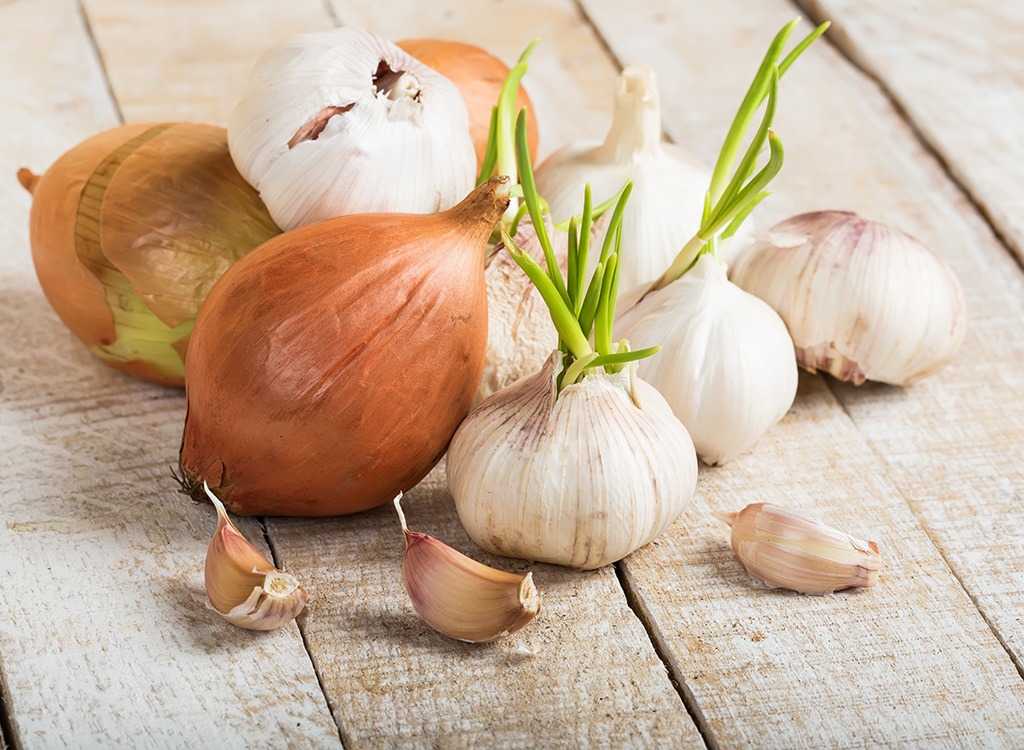
At the annual Gilroy Garlic Festival in Gilroy, California, more than two tons of garlic is used to flavor everything from penne to pepper steak. It’s been estimated that festival goers enjoy more than 8,000 servings of garlic fries, 11,000 stuffed mushrooms, and over 16,000 slices of garlic bread. The festival has raised millions of dollars for local charities and credits that to their 4,000 community volunteers!
Just Peachy
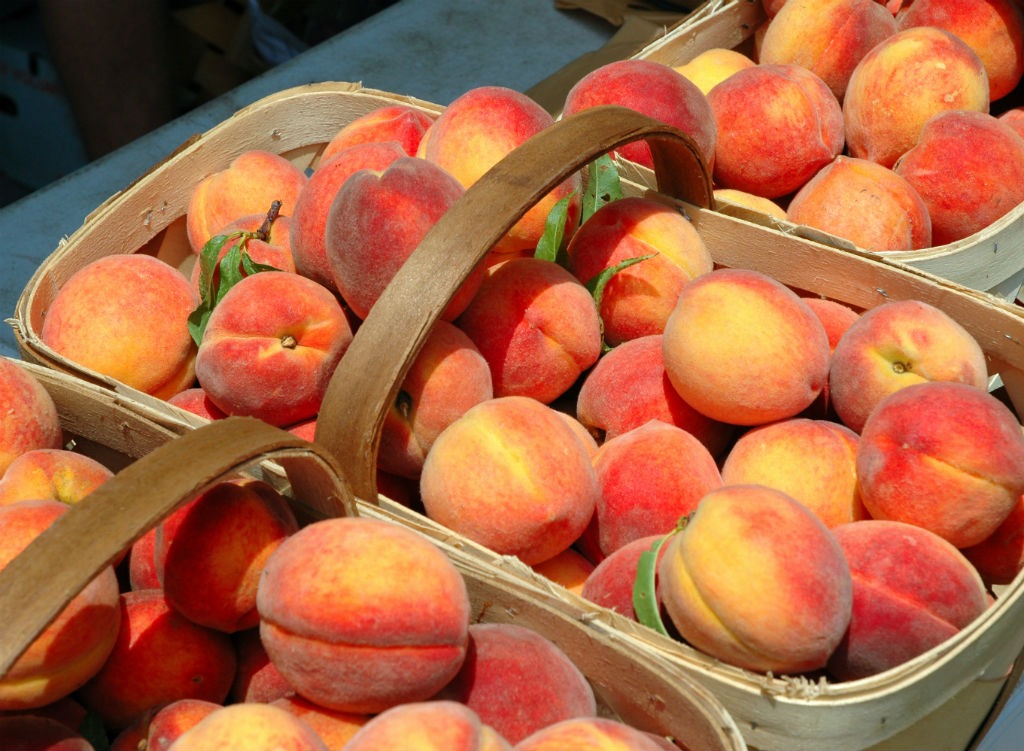
If you want to try a bite of the world’s largest peach cobbler, head to the Georgia Peach Festival every June in, you guessed it, Peach County, Georgia. The main attraction measures in at 11-by-5-feet and uses 75 gallons of fresh peaches. Gallons!
Fried Chicken Friends

The World Chicken Festival in London, Kentucky pays homage to the comfort food—because, well, Kentucky Fried Chicken was invented nearby. There are about 7,000 chicken dinners fried at the event in the world’s largest stainless steel skillet: a 700-pound pan that can cook 600 chicken quarters at a time. Leftovers, anyone?
Bacon Camp
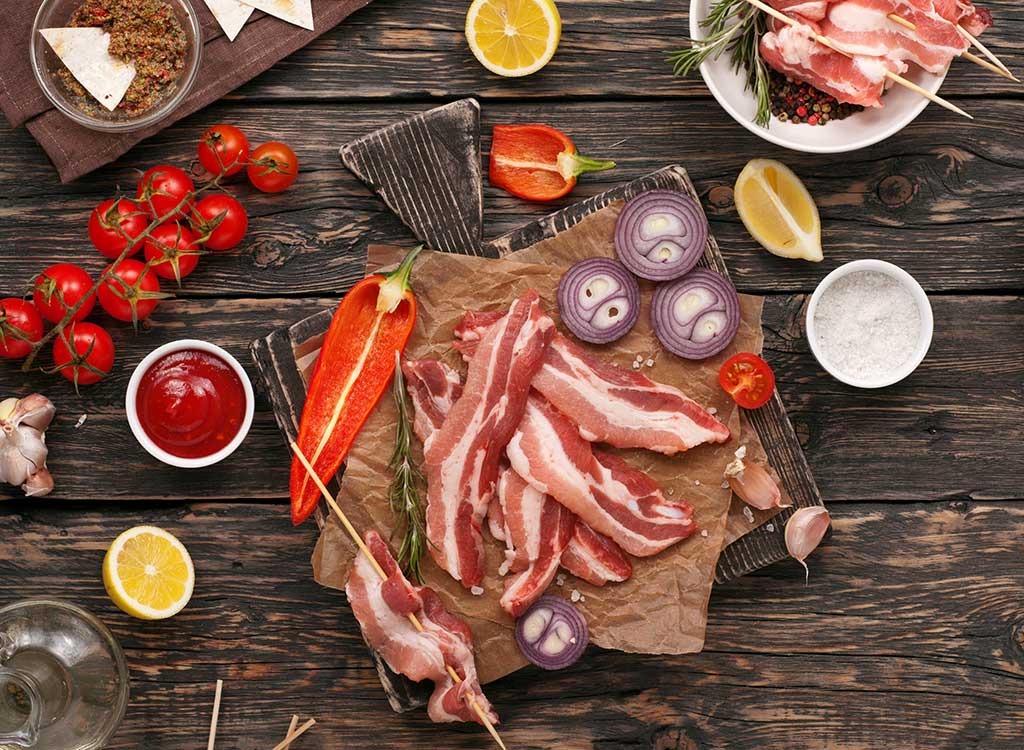
We’re not kidding; there’s a bacon camp in Ann Arbor, Michigan every spring. Seriously, just five whole days of nothing but bacon. And it’s not just about eating bacon. There are bacon fans, bacon makers, bacon journalists, bacon sociologists, bacon chefs, and even a bacon ball (as in party, not a ball made of bacon…although, we’re pretty sure you can get that there, too). Love bacon? Then try these 25 Bacon Recipes That Get Our Blessing.
Berry Crazy
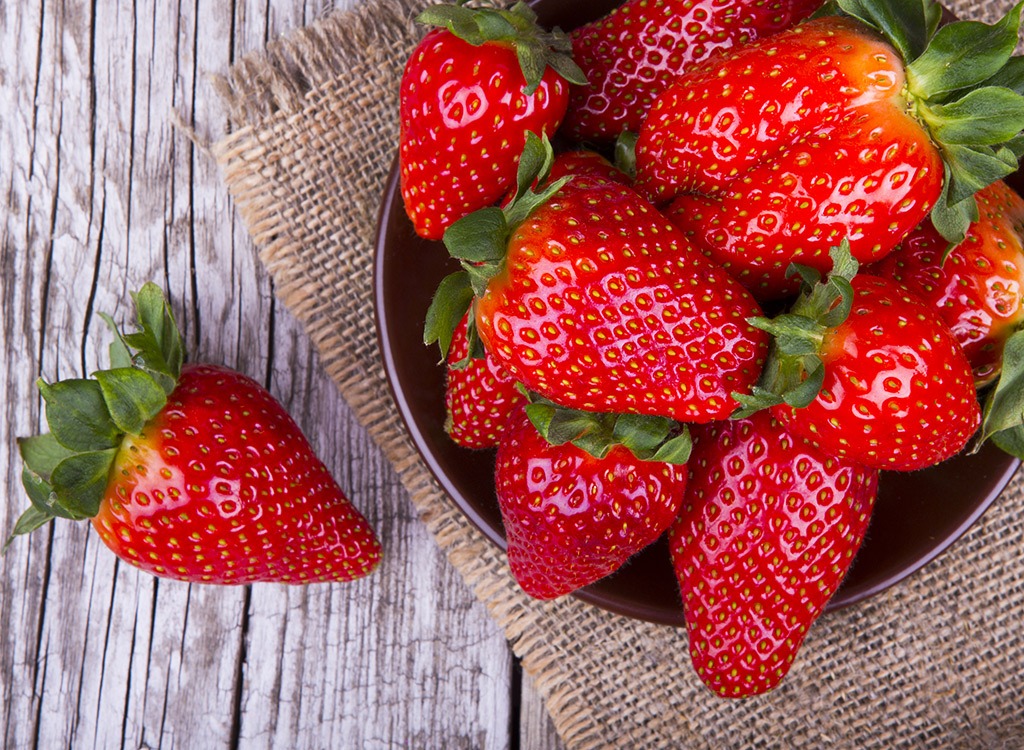
The annual strawberry festival in Oregon holds the world record for the world’s largest strawberry shortcake. It’s a 5,700-pound shortcake—and feeds over 15,000 attendees once it’s received its own parade!
Nutella-palooza
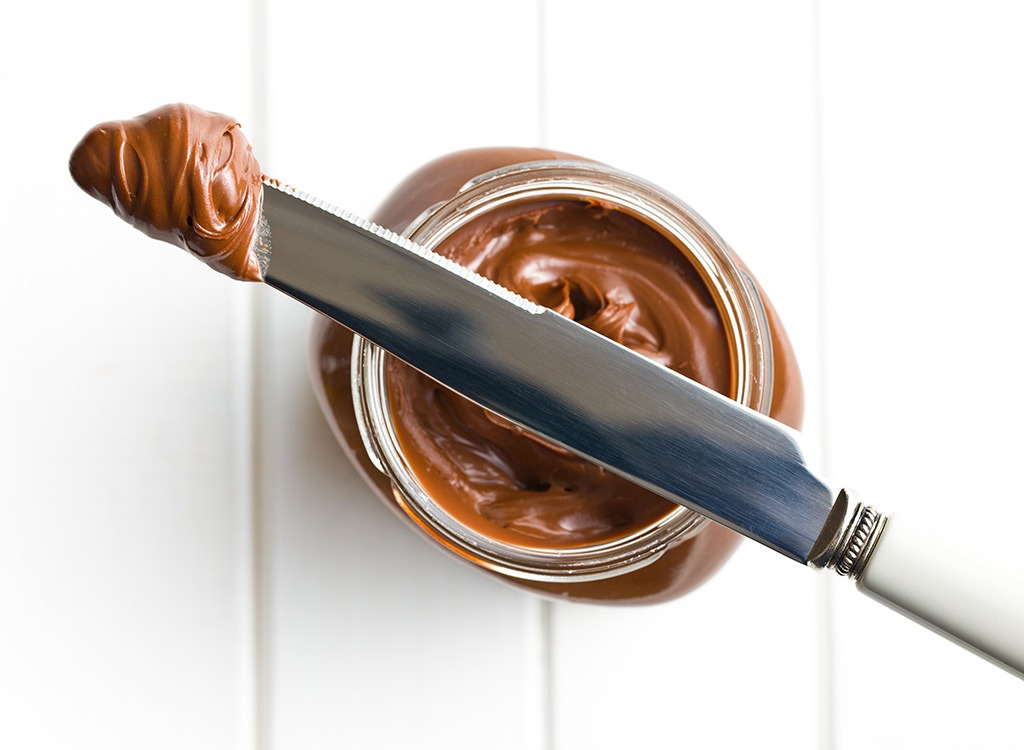
Nutella is a big way Aussies satisfy their sweet tooth cravings, so it’s no surprise that Adelaide, Australia is the proud home of Nutella-palooza. The celebration includes food trucks, chocolate stalls, and demonstrations on how to cook with Nutella. There are even art installations that we can only assume are Nutella-inspired!
Yolking It Up
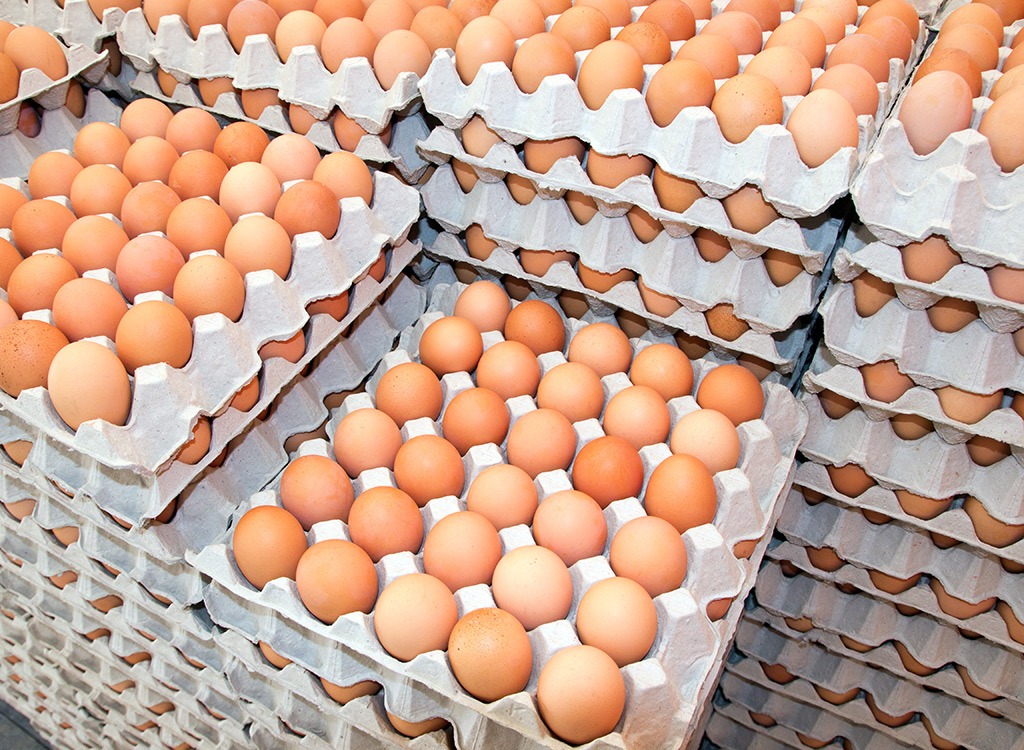
To pay homage to Napoleon—who is said to have ordered a giant omelet to feed his army in the South of France—the people of Abbeville, Louisiana pay tribute to the town’s French heritage by creating a giant omelet each year. More than 5,000 eggs are used (each year one more egg is added) to make the omelet, and there are never leftovers. Added to the delicious mix? A Louisiana staple, of course: 15 pounds of crawfish! Speaking of energizing protein, discover the 26 Foods With More Protein Than an Egg.
Ribbit, Ribbit
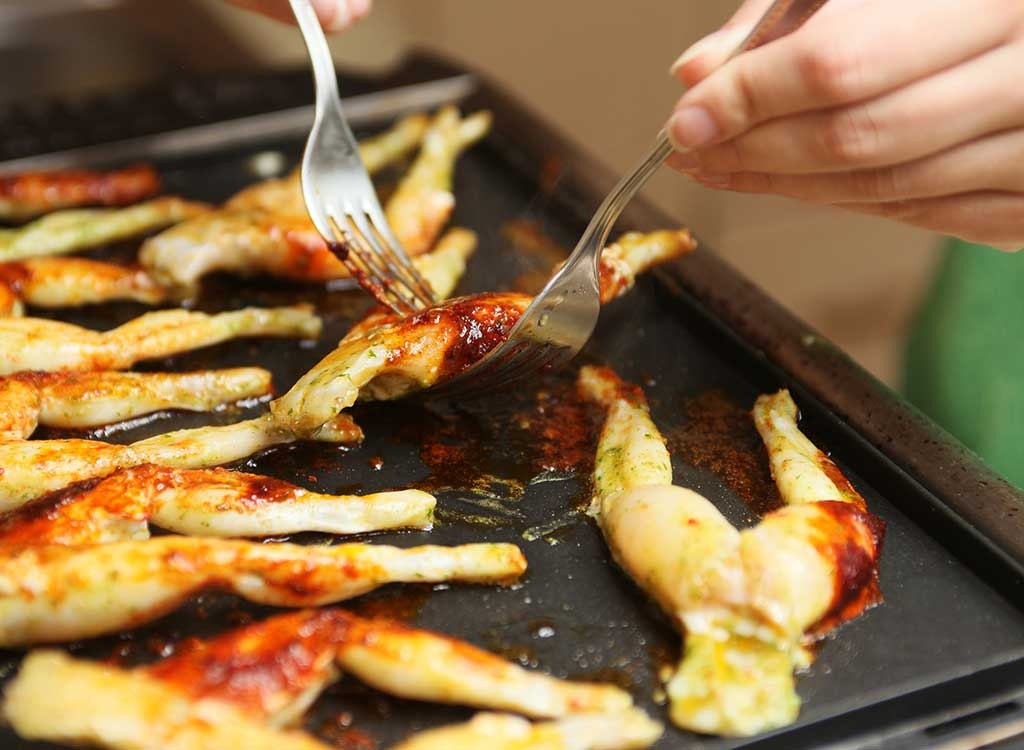
The Fellsmere Frog Leg Festival in Fellsmere, Florida serves over 7,000 pounds of frog legs at the biggest festival of its kind in the world. That’s a lot of people saying that it “tastes like chicken!”
Kiss My Grits
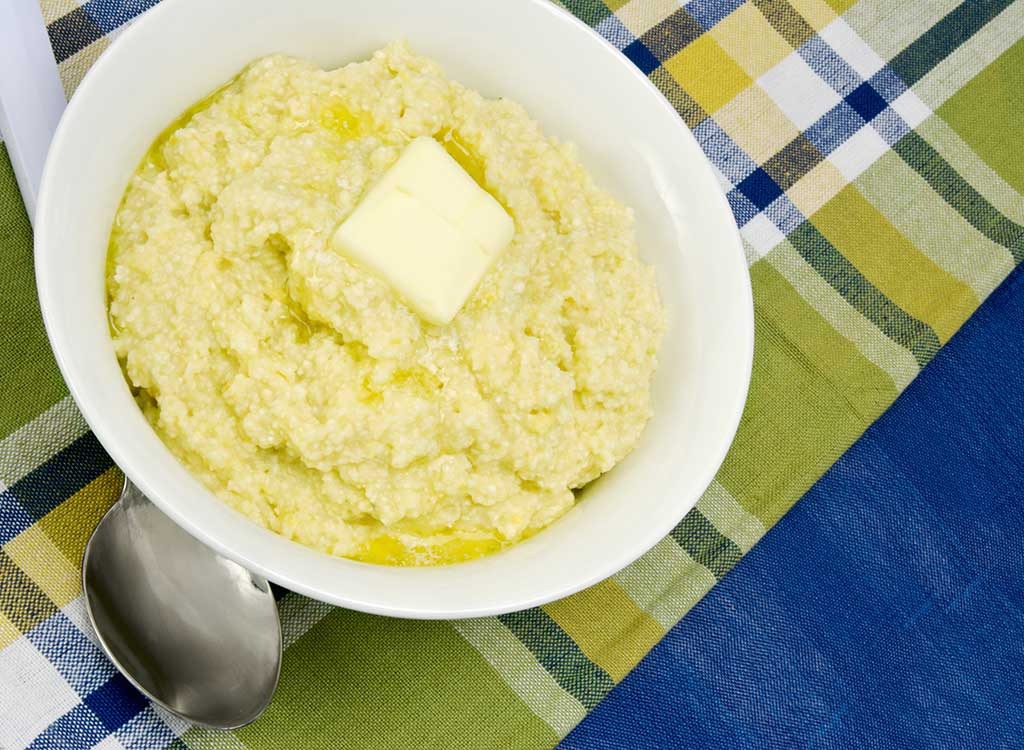
In 1986, the people of St. George, South Carolina, became the grits-eating champions of the world. How else do you celebrate that monumental feat than by starting an annual tradition that’s now known as the World Grits Festival? For those who really want to become one with the Southern staple, a highlight is the annual Roll in the Quaker Grits contest. You literally get to roll in a kiddie-sized pool full of grits and the person with the most grits on them after 10 seconds is deemed the winner!
Hamburger Helper
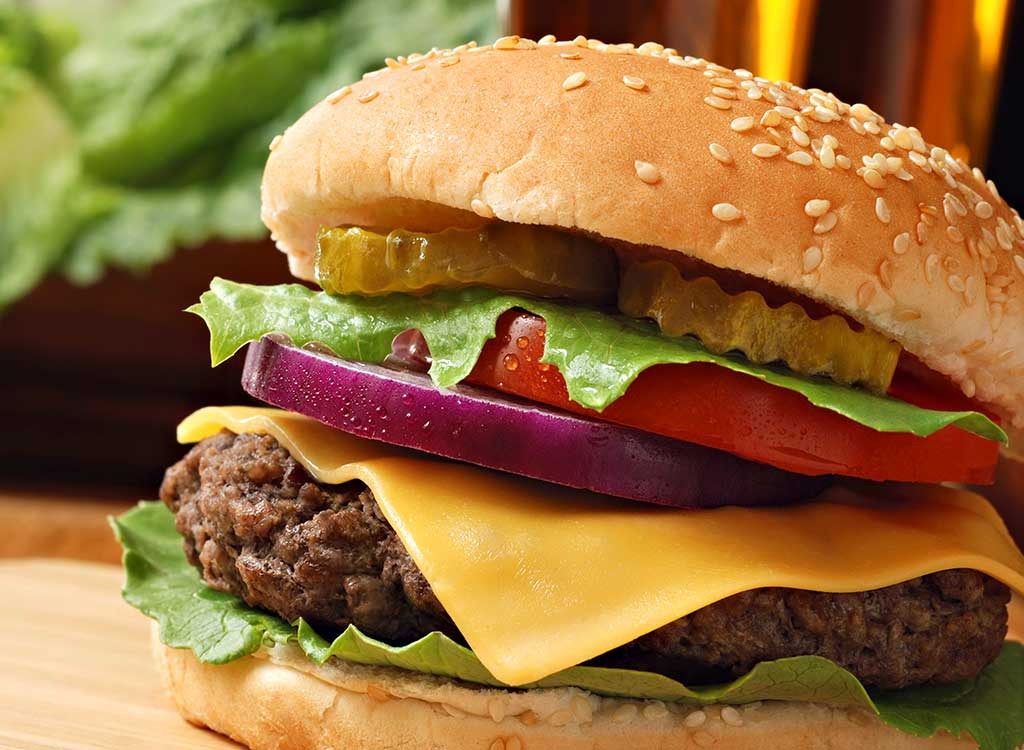
Seymour, Wisconsin claims they are the home of the hamburger; so, naturally, they have a festival to celebrate and it’s complete with a 200-pound burger and ketchup slide. The humongous burger takes about four hours to cook—with a bun to match. Throughout the festival, an additional 2,500 pounds of hamburgers and 1,200 pounds of fries are cooked and served. Love traditional burger restaurants? Then find out the Top Swaps at Retro Burger Joints to keep your belly from blowing up.
Buggin’ Out
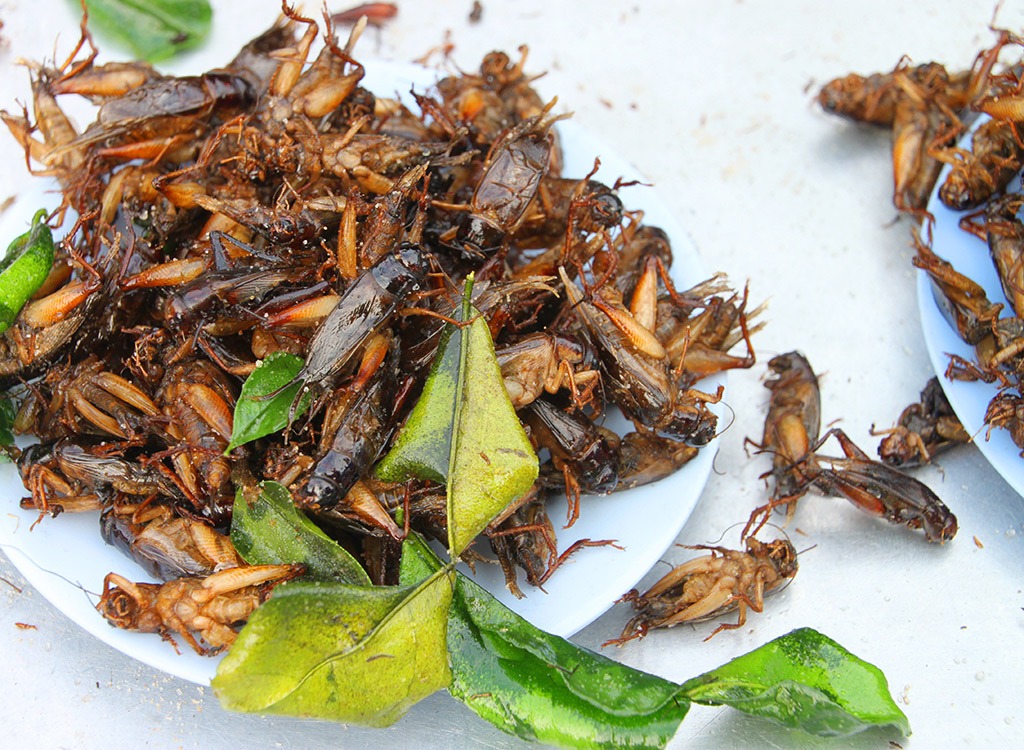
Believe it or not, but there are large chunks of the global population that looks to bugs as a viable food source. So, leave it to Austin, Texas to hold an annual Bug Festival. It’s an introduction of sorts to the tasty ways to eat bugs and the event educates on the benefits of entomophagy (bug-eating).
Whoop It Up!

If you love a good Whoopie Pie—and really, who can resist that thick icing spread between two pillow soft cookies?—then Lancaster, Pennsylvania’s festival is a little slice of heaven. During the festival, attendees are asked to partake in the creation of the world’s biggest Whoopie Pie. Can you imagine helping to lick that bowl clean? If you’re feeling guilty about your dessert cravings, then find out about these 25 Nutritionist-Approved Ways To Satisfy Your Sweet Tooth now!
Lettuce Love
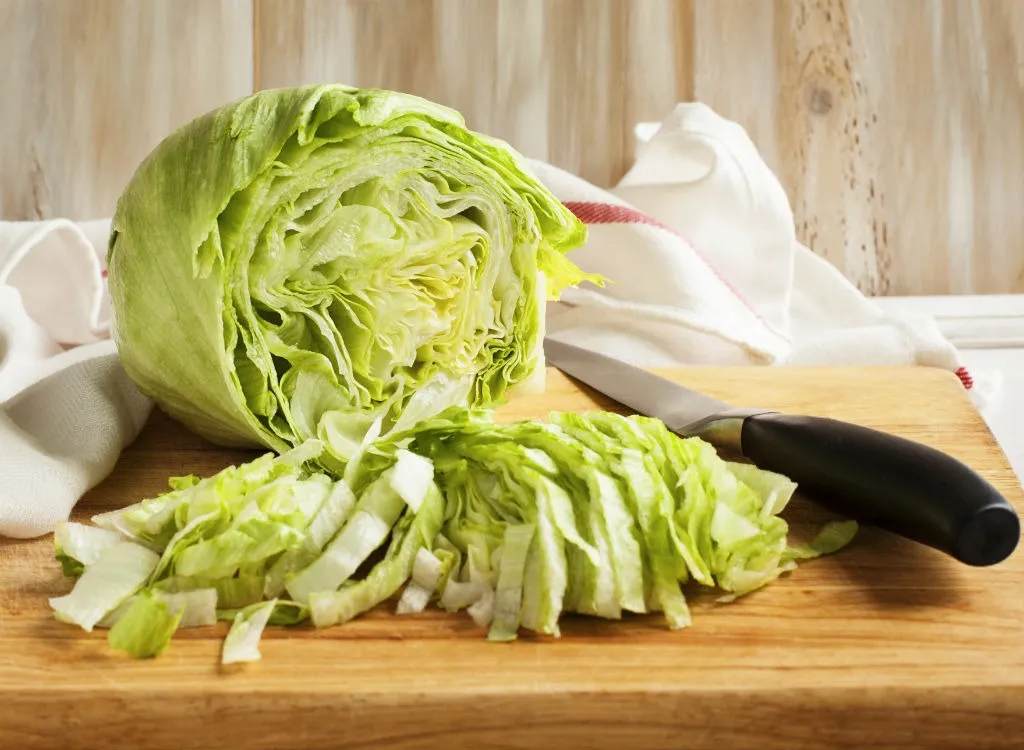
From the salad lover to the lettuce-wrapped burger lovers, this is a versatile veggie that deserves its due. Each February, the University of Arizona Agriculture Center holds “Yuma Lettuce Days” where you can enjoy a fresh-from-the-field salad bar featuring locally grown head, leaf, and romaine lettuce.
Food Fight

They say don’t play with your food, but every year in Buñol, Spain 200,000 people swarm the streets to throw tomatoes at each other in the world’s largest organized food fight. The streets run red—with tomato juice. Note: The small town has a population of just 9,000! Called La Tomatina, it’s been going on for over 70 years.
Waste Not
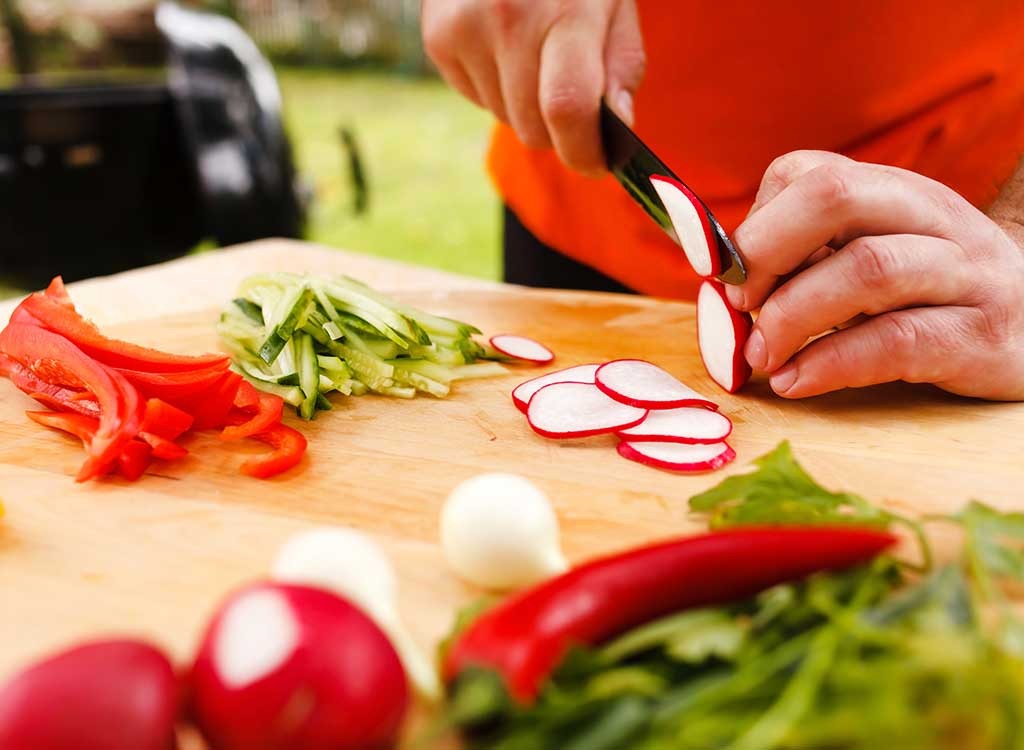
Did you know that up to 40 percent of our food supply is wasted each year? That’s the equivalent of about 20 pounds of food per person per month. To get the message out about ways to combat hunger, the Feeding the 5000 festivals in New York City and Washington D.C. offered free food to all visitors from a variety of chefs—things like tortes, cookies, and rustic salads. But the twist? All the items were made from scraps like the vegetable peelings chefs would normally throw away. Worried about having to throw away groceries? Familiarize yourself with the 20 Foods That Spoil the Fastest!








